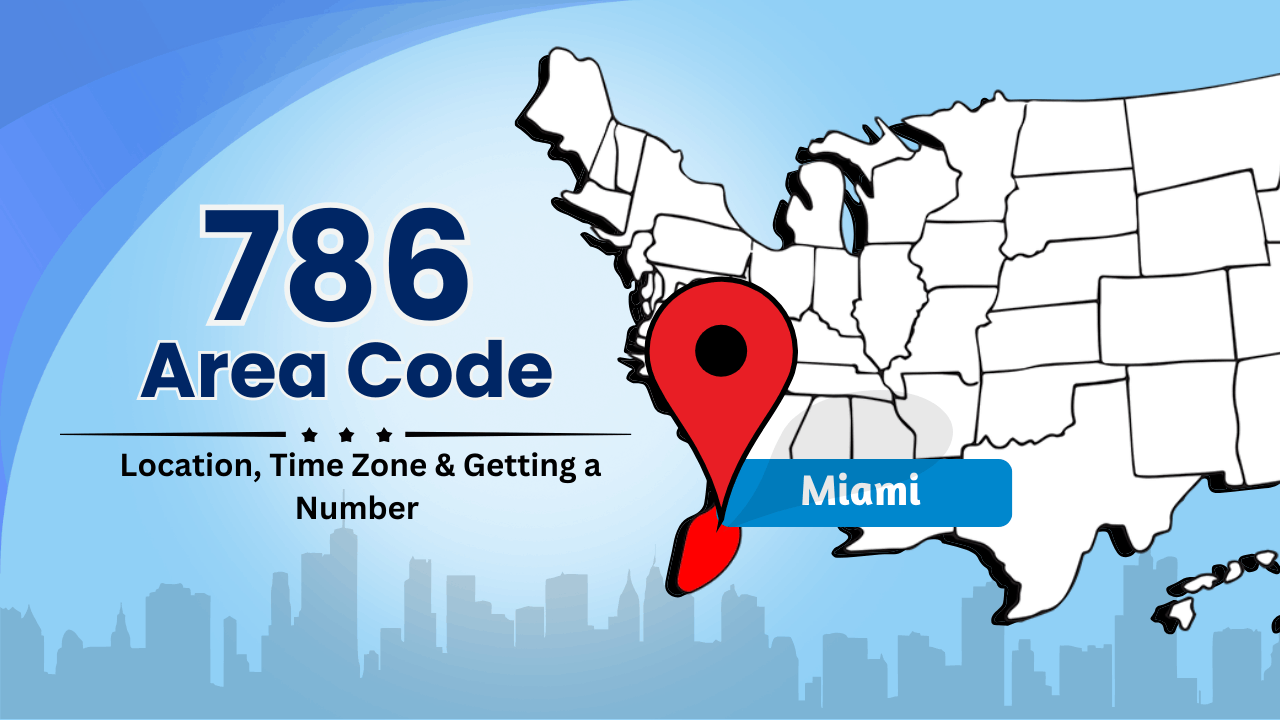Efficient Communication Direct Inward Dialing (DID) for Streamlined Call Routing
Did numbers (DID) is a telecommunication service that allows incoming calls to be routed directly to a specific extension or department within an organization, without the need for an operator or receptionist. With DID, each individual within the organization can have their own unique phone number, enabling external callers to reach them directly.
The purpose of Did numbers is to simplify and expedite the process of connecting callers with the intended recipient. By eliminating the need for a central switchboard operator, it streamlines communication and improves overall efficiency.
Traditionally, callers would have to go through intermediaries who would manually transfer their calls, often resulting in delays and confusion. However, with DID in place, calls are effortlessly directed to the appropriate destination based on predetermined routing rules.
Importance of DID in Modern Communication Systems
In modern communication systems where speed and convenience are paramount, Direct Inward
Dialing plays a crucial roleDid numbers. It empowers organizations by allowing their customers, partners, or stakeholders to
establish direct contact with relevant individuals or departments within the company. This direct access enhances
customer experience as it eliminates unnecessary wait times and reduces frustration associated with being transferred multiple times.
Moreover, DID facilitates efficient
internal communication within organizations by enabling seamless connectivity between team members across various departments or locations. It eliminates bottlenecks caused by manual call routing processes and ensures that important messages are promptly delivered to the intended recipients.
Historical Background of DID
Origins and Development of DID Technology

DID technology, also known as direct inward dialing, has a fascinating history that traces back to the mid-20th century. In the early days of telephony, callers typically had to go through a switchboard operator who manually connected their calls to the desired party. This process was time-consuming and inefficient, particularly for larger organizations that received numerous incoming calls.
However, with advancements in telecommunications, the need for a more streamlined method became apparent. It was during the 1960s that Bell System introduced
direct inward dialing as a revolutionary concept in telephone communication.
Evolution from Traditional Telephone Systems to Digital Communication
The evolution of direct inward dialing technology coincided with the transformation of traditional telephone systems into digital formats Did numbers . Traditional telephone systems relied on analog signaling and copper wires to transmit voice signals between different points. However, this technological landscape underwent significant changes with the advent of digital communication.
In the late 20th century, digital telephony emerged as a game-changer within the telecommunications industry. With digital transmission techniques like Integrated Services Digital Network (ISDN) and Primary Rate Interface (PRI), telecommunication providers could offer enhanced features like caller ID and call waiting alongside DID functionality.
How Direct Inward Dialing Works
Overview of the Process
Direct Inward Dialing (DID) is a telephony feature that allows callers to directly reach specific extensions or departments within an organization without having to go through a receptionist or switchboard operator. This innovative system streamlines communication and enhances customer experience by eliminating the need for intermediaries during call routing.
Caller Dials a Specific Phone Number
The first step in the DID process starts when a caller dials the unique
phone number assigned to the intended destination within an organization. This
phone number can be either toll-free or local, depending on the organization’s preferences and requirements. Upon dialing, the caller’s request for connection is initiated and transmitted through various telecommunication networks until it reaches the organization’s infrastructure.
Advantages of Did Numbers
Enhanced Customer Experience and Convenience
A Seamless Connection to Desired Destinations Direct Inward Dialing (DID) revolutionizes the way customers interact with businesses, offering them a more personalized and convenient experience. With DID, customers gain direct access to desired extensions or departments without having to navigate through a receptionist or operator.
This eliminates the frustration of being transferred multiple times, ensuring that callers are swiftly connected to the right person or department from the outset. By bypassing intermediaries, customers are granted a seamless and efficient connection to their intended destination, enhancing their overall satisfaction with the communication process.
Efficient Handling of Incoming Calls, Reducing Workload on Receptionists
Empowering Receptionists to Focus on High-Value Tasks Implementing DID systems alleviates the burden on receptionists by automating call-handling processes.
Rather than spending valuable time manually transferring calls, receptionists can concentrate on more strategic tasks that require their expertise. DID enables efficient handling of incoming calls by automatically routing them to the appropriate extensions or departments without human intervention.
Implementation Considerations for Direct Inward Dialing
Infrastructure Requirements
When implementing Direct Inward Dialing (DID) in an organization, careful consideration must be given to the required infrastructure. One crucial aspect is ensuring an adequate number of trunk lines or PRI circuits. Trunk lines are essentially the channels through which calls are transmitted between the telephone exchange and the organization’s internal phone system.
Having a sufficient number of trunk lines or PRI circuits ensures that incoming calls can be efficiently handled without experiencing congestion or dropped calls. Moreover, compatibility with the existing Private Branch Exchange (PBX) or IP-PBX system is of utmost importance.
Advanced Features and Customizations with Did Numbers
Call Forwarding Options
One of the remarkable benefits of Direct Inward Dialing (DID) is its capacity to provide flexible call forwarding options. By leveraging this feature, organizations can ensure uninterrupted communication even when their employees are away from their desks or physically remote. DID enables calls to be seamlessly redirected to mobile devices or other designated numbers, allowing employees to stay connected and responsive regardless of their location.
Interactive Voice Response (IVR)
IVR systems are widely used with DID to automate call handling and provide callers with self-service options. With IVR, incoming callers are greeted with pre-recorded voice prompts that guide them through a series of menu options. This allows callers to choose the appropriate department or service they require, minimizing wait times and reducing the need for operator intervention.
What is techknowledge (tkos ) for virtual number?
Virtual number TKOS enhances communication.
 TechKnowledge (TKOS)
TechKnowledge (TKOS) for virtual numbers encompasses the technical expertise needed to efficiently manage and customize virtual phone numbers. This knowledge includes configuring call routing, integrating with various systems, and leveraging advanced features to optimize communication efficiency and enhance customer experience. With TKOS, organizations can unlock the full potential of
virtual numbers for their specific business requirements.
Empowering Businesses with Virtual Number TKOS
Mastering TKOS for virtual
numbers empowers businesses to take full control of their communication systems. By understanding the intricacies of call routing, system integration, and advanced features, organizations can tailor their virtual number setup to suit their unique needs. This Did Number expertise allows for efficient call management, seamless customer interactions, and improved overall communication effectiveness.
Conclusion
Direct Inward Dialing (DID) has revolutionized the way organizations handle incoming calls by providing a powerful and customizable communication solution. With its origins rooted in the evolution of traditional telephone systems towards digital networks, DID offers numerous advantages for both customers and internal communication processes.
 DID technology, also known as direct inward dialing, has a fascinating history that traces back to the mid-20th century. In the early days of telephony, callers typically had to go through a switchboard operator who manually connected their calls to the desired party. This process was time-consuming and inefficient, particularly for larger organizations that received numerous incoming calls.
However, with advancements in telecommunications, the need for a more streamlined method became apparent. It was during the 1960s that Bell System introduced direct inward dialing as a revolutionary concept in telephone communication.
DID technology, also known as direct inward dialing, has a fascinating history that traces back to the mid-20th century. In the early days of telephony, callers typically had to go through a switchboard operator who manually connected their calls to the desired party. This process was time-consuming and inefficient, particularly for larger organizations that received numerous incoming calls.
However, with advancements in telecommunications, the need for a more streamlined method became apparent. It was during the 1960s that Bell System introduced direct inward dialing as a revolutionary concept in telephone communication.
 TechKnowledge (TKOS) for virtual numbers encompasses the technical expertise needed to efficiently manage and customize virtual phone numbers. This knowledge includes configuring call routing, integrating with various systems, and leveraging advanced features to optimize communication efficiency and enhance customer experience. With TKOS, organizations can unlock the full potential of virtual numbers for their specific business requirements.
TechKnowledge (TKOS) for virtual numbers encompasses the technical expertise needed to efficiently manage and customize virtual phone numbers. This knowledge includes configuring call routing, integrating with various systems, and leveraging advanced features to optimize communication efficiency and enhance customer experience. With TKOS, organizations can unlock the full potential of virtual numbers for their specific business requirements.










